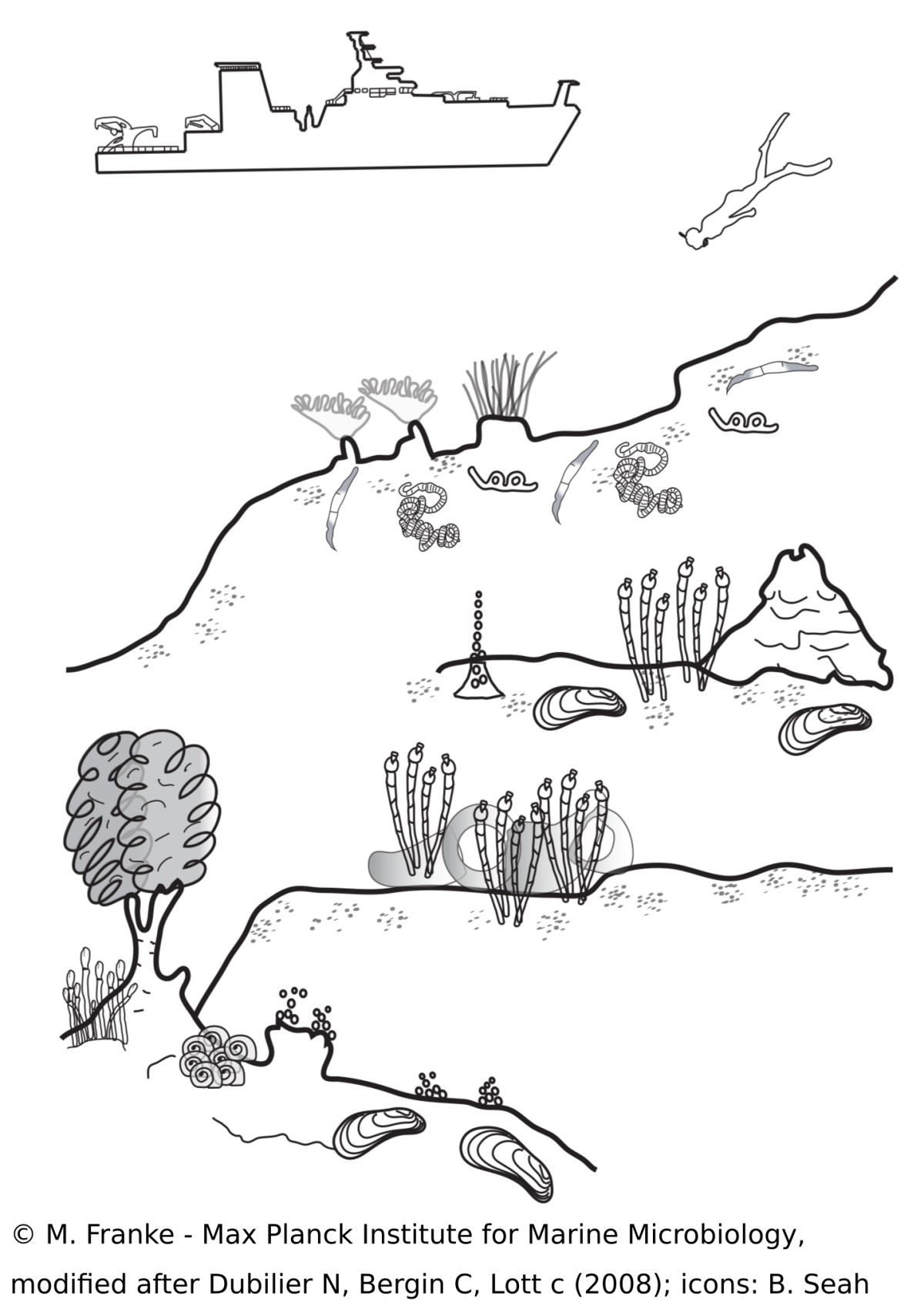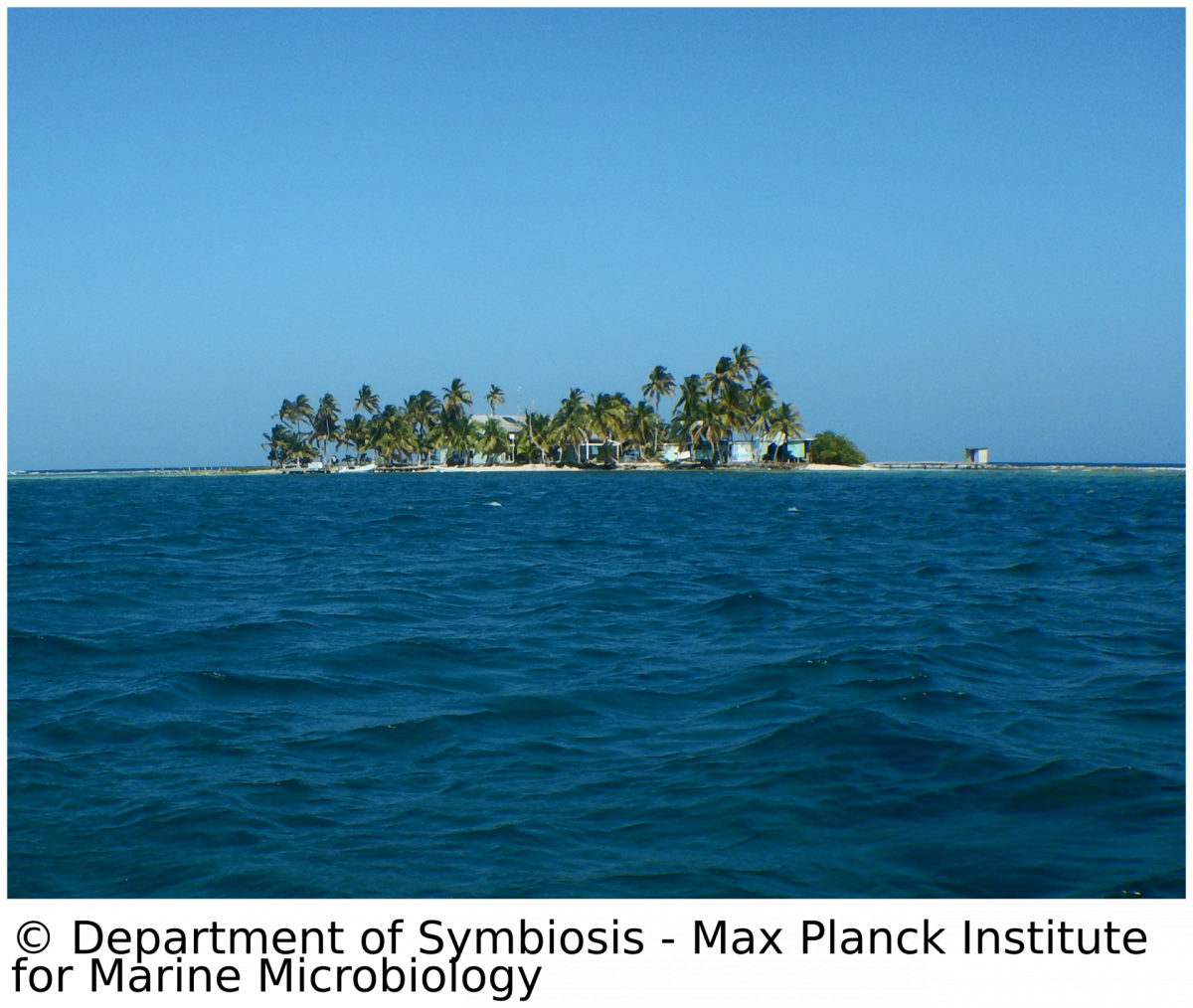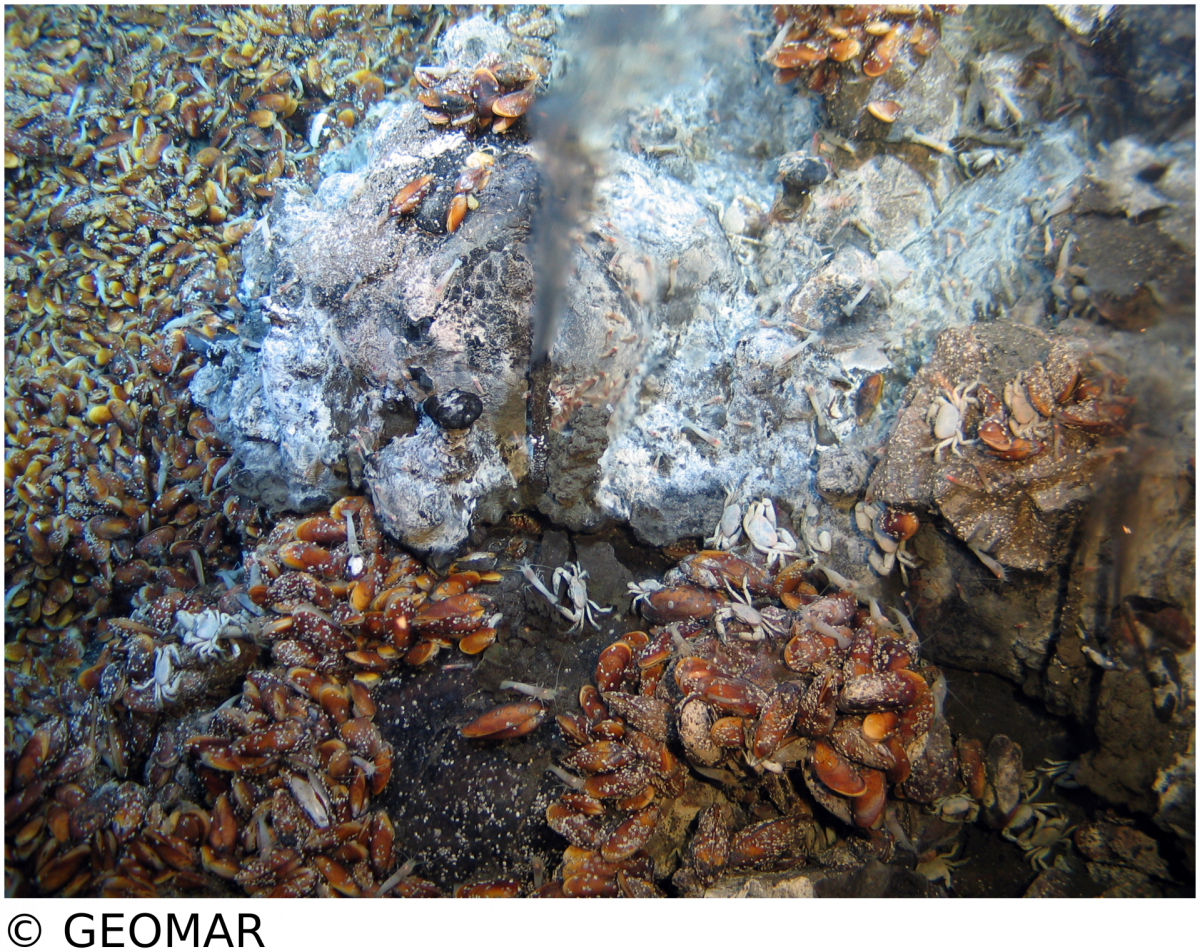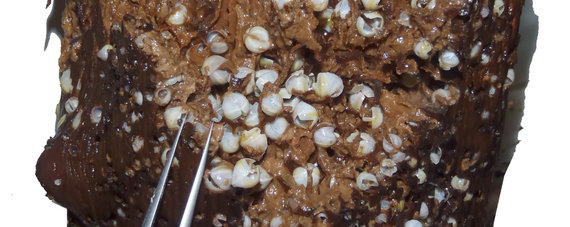- Departments
- Department of Symbiosis
- Research
Research
Chemosynthetic symbioses

Research in the Symbiosis Department focuses on chemosynthetic symbioses in marine invertebrates. In these symbioses, chemosynthetic bacteria provide most or all of the host’s nutrition by tapping the energy in reduced compounds such as methane, hydrogen, or hydrogen sulfide, and using this energy to build organic matter to feed their hosts.
Chemosynthetic symbioses were first discovered in the late 1970s at hydrothermal vents in the deep sea.
“Isn’t the deep ocean supposed to be like a desert?”
“Yes"
“Well, there’s all these animals down here.”
Ironically, chemosynthetic symbioses are abundant in much more easily accessible habitats such as shallow water sediments, but these were only discovered more recently. Intriguingly, these symbioses did not only evolve once, but have been established numerous times independently in a broad variety of animal phyla including nematodes, annelids, mollusks, flatworms, sponges and arthropods.
Symbioses in wood-boring bivalves
Wood-boring clams digest wood with the help of symbiotic bacteria in their gills. Clams of the subfamily Xylophagainae are the primary degraders of sunken wood on the deep sea floor, but very little is known about their symbionts.
More
Our research is funded by



